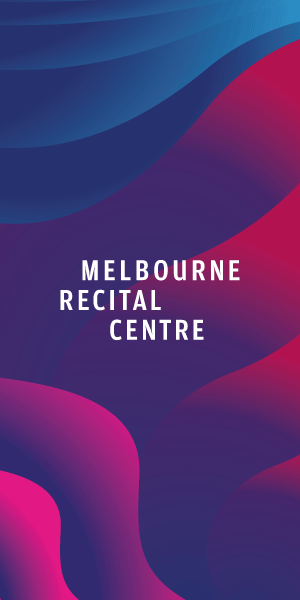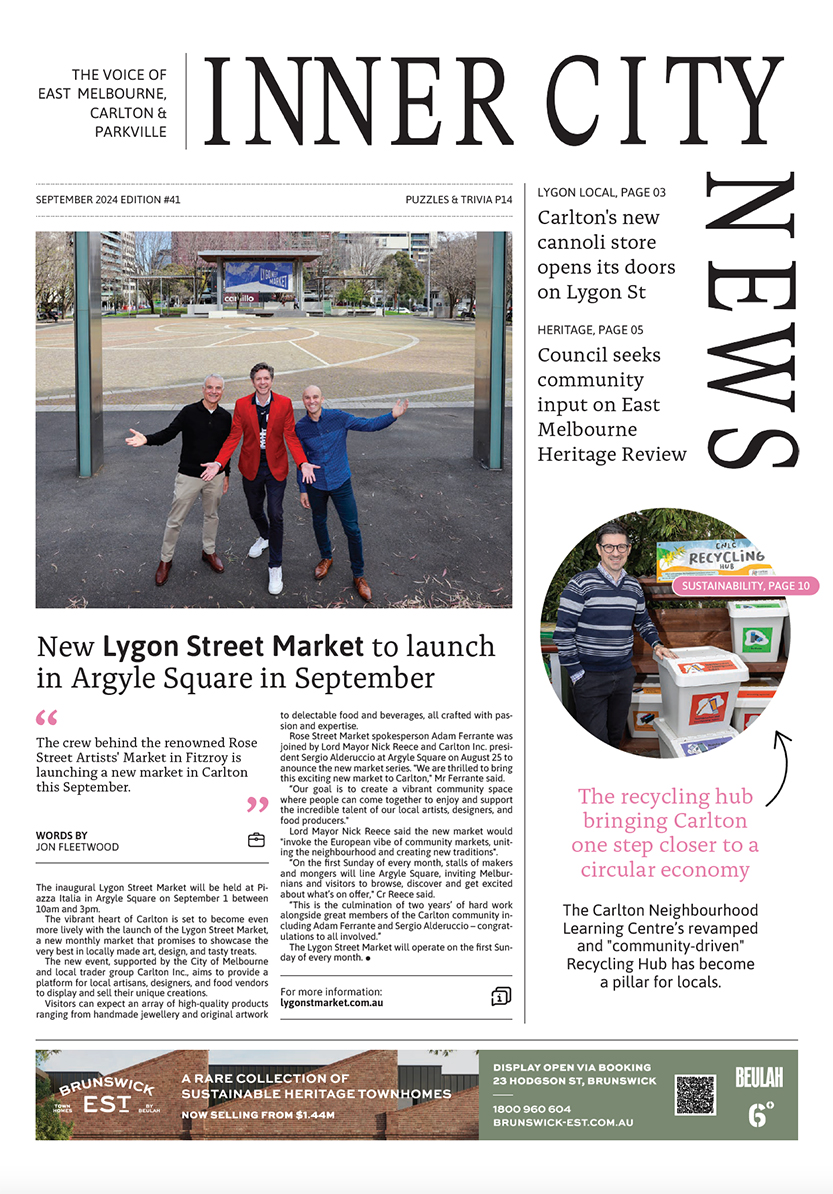Empty shopfronts “stabilise” in Carlton after suburb hit hard in lockdowns
Shopfront vacancy rates have increased slightly over the past year in Carlton, new data from the City of Melbourne shows, but significant ground has been made since lockdowns ended.
The Vacant Shopfront Audit Data Report, published in April, showed while retail vacancies across the municipality was down to 10.7 per cent, Carlton’s vacancy rate was steady over the past year, recording 11 per cent after increasing from 10.9 per cent.
Carlton was hit hard post lockdowns, having experienced a sharp increase in occupancy rate, rising from 75.4 per cent in November 2021 to 83.2 per cent in April 2022.
But the council report acknowledged that occupancy “appears to have stabilised” at around 84 per cent over the past two years.
In the past year, the vacancy rate for the Lygon St retail district had increased from 6.2 per to 8.3 per cent in April.
Among the success stories has been a business called This is Not a Toy Store, which had sold art toys on Little Collins St for a year, before finding a home on Lygon St.
The store began with 25 artistic suppliers and grew to almost 100 during its activation period.
In East Melbourne, empty shopfronts had risen since last year, from 8.5 per cent to 10.9 per cent (of 64 shopfronts).
But in a huge boost to the CBD, empty retail shopfronts had more than halved in the past year with shopping, dining, sport, and international students driving foot traffic.
The report revealed that vacancies in the CBD’s retail district, from Queen St to Russell St, and La Trobe St to the Yarra River, dropped from 13 per cent to 6.5 per cent in the year to April.
The council’s positive data follows CBRE’s Australian CBD Retail Vacancy report in February, which showed the CBD was the best performing city in Australia.
Melbourne had recorded the lowest vacancy at 7.37 per cent, followed by Sydney at 8.1 per cent, Brisbane (18.7 per cent), and Perth (25.3 per cent).
Southbank recorded a vacancy rate of 9.6 per cent while North Melbourne recorded 10.4 per cent in the past 12 months.
Vacancies were the highest in Docklands, but it had experienced a significant improvement from 24.7 per cent to 18 per cent.
The shopfront activation program was launched in September 2021 by the City of Melbourne in a bid to fill shops and reignite the city after the pandemic, which led to 67 shopfront activations.
The latest data was presented to the council’s June 11 Future Melbourne Committee meeting where councillors supported a recommendation from management to use the small business grant program to explore ways to reduce shopfront vacancy in retail districts most in need.
Lord Mayor Sally Capp was praising of the shopfront activation program, saying “the numbers absolutely speak for themselves”.
“This program has very clear positive outcomes from the effort and investment that’s gone into the shopfront activation program, working with our partners, our team leading the way and importantly creating those pathways for more small business owners into participating in the city economy, which is absolutely fantastic,” Cr Capp said. •
Caption: This is Not a Toy Store on Lygon St, Carlton, is among the many successful businesses from the shopfront activation program. Photo: Alan Erpi.

Metro Tunnel bringing world-class art







 Download the Latest Edition
Download the Latest Edition